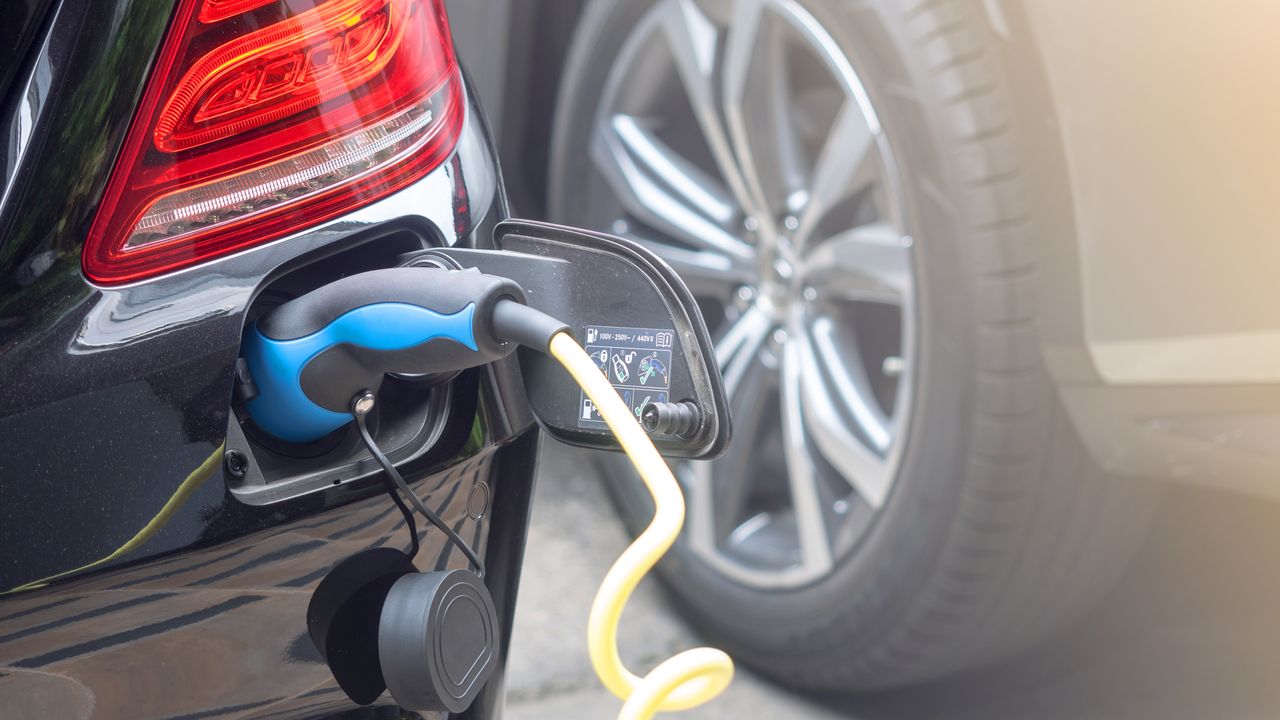Electric Vehicle Charging Infrastructure: The Importance of Charging Stations and Networks
In recent years, the popularity of electric vehicles (EVs) has been on the rise. As more people make the switch to electric cars, the need for a reliable and widespread charging infrastructure becomes increasingly important. Electric vehicle charging stations, charging networks, and charging locations play a crucial role in supporting the growth and adoption of EVs.
Charging Stations
Charging stations are physical locations where electric vehicles can be charged. These stations are equipped with charging equipment that allows EV owners to plug in their vehicles and recharge the batteries. Charging stations can be found in various locations such as public parking lots, shopping centers, and along highways.
The availability of charging stations is essential for EV owners, as it provides them with the convenience and peace of mind knowing that they can easily recharge their vehicles when needed. Without an adequate number of charging stations, range anxiety becomes a significant concern for EV drivers, limiting their ability to travel long distances.
Charging Networks
Charging networks are interconnected systems of charging stations that are managed by a single entity or multiple entities working together. These networks ensure that EV drivers have access to charging stations across different locations, making it easier for them to plan their trips and find available charging spots.
One of the benefits of charging networks is the ability to use a single payment method or subscription to access multiple charging stations. This simplifies the charging process for EV owners, eliminating the need for multiple accounts and payment methods. Additionally, charging networks often provide real-time information on the availability and status of charging stations, allowing drivers to plan their charging stops more efficiently.
Charging Locations
Charging locations refer to the specific places where charging stations are installed. These can include public spaces, residential areas, workplaces, and commercial establishments. The strategic placement of charging locations is crucial in ensuring that EV owners have convenient access to charging infrastructure.
Public charging locations play a vital role in supporting EV adoption, as they provide charging opportunities for drivers who do not have access to private charging at home or work. By installing charging stations in public areas, cities and communities can encourage more people to switch to electric vehicles, knowing that they have reliable charging options available.
The Importance of a Robust Charging Infrastructure
A robust charging infrastructure is essential for the widespread adoption of electric vehicles. It not only addresses the concerns of range anxiety but also helps to normalize EV ownership by providing the necessary charging support.
By investing in charging stations, charging networks, and strategically locating charging locations, governments and organizations can create an environment that fosters EV growth. This, in turn, contributes to reducing greenhouse gas emissions, improving air quality, and reducing dependence on fossil fuels.
In conclusion, the development of a comprehensive electric vehicle charging infrastructure is crucial for the successful transition to electric mobility. Charging stations, charging networks, and charging locations work together to provide EV owners with convenient and reliable charging options. As the demand for electric vehicles continues to grow, it is imperative that governments, businesses, and communities invest in expanding and improving the charging infrastructure to support the needs of EV drivers.
